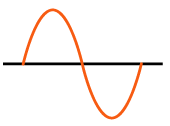VAC
VAC (Volts Alternating Current) ...
Not sure if the circuit is AC or DC? Connect a multimeter set to reading DC. If reversing the connection causes a +/- reversal in polarity measured by the multimeter, then it is DC, otherwise it is AC.
In North America, the most common power distribution configurations supplied to industrial and residential buildings are based on a split-phase system for residential buildings, and a three-phase system for industrial buildings. High-voltage transmission lines that carry power over long distances typically use a Delta configuration. The Wye configuration is often used in transformers and distribution substations, where the high-voltage transmission lines are stepped down to lower voltages suitable for distribution within buildings and communities. The Wye configuration can supply power to both three-phase and single-phase systems.
Industrial Power
The three-phase power coming into industrial buildings in North America are typically configured as 480V 3 Phase in the Wye configuration over four or five wires. The four-wire system consists of three hot and one neutral. The five-wire system consists of three hot, one neutral, and a fifth ground wire. The three hot wires are 120 degrees out of phase with each other, or one-third of a cycle.
480V 3-Phase is commonly used because it provides 2.3 (480 /208) times more power with the same current than 208 VAC..
Some older buildings may use the Delta configuration (480V 3 Phase Delta) instead of Wye. Both the Delta and Wye configuration will measure 208 VAC between the two hot wires, but three-phase Wye will measure 120 VAC between any hot wire and the neutral wire.
Both the Delta and Wye configuration for 480 VAC will measure 480 VAC between the two hot wires, but three-phase Wye will measure 277 VAC between any hot wire and the neutral wire. The Delta and Wye configurations for 208 VAC will measure 208 VAC between the two hot wires, but three-phase Wye will measure 120 VAC between any hot wire and the neutral wire.
More about 480V 3 Phase Wye and Delta
Residential Power
The power that comes into a North American home as a split-phase system has two hot wires and a common or neutral wire (also called a "C-wire"). The neutral wire is the return wire inside the home and it is grounded at the power station. The other two "hot" wires are either both black, or one black and one red. The voltage between either hot wire and the common/neutral wire is 120 VAC 60 Hz. The voltage between the two hot wires is 240 VAC, and they are 180 degrees out of phase with each other. The power is distributed as 240 VAC to high load household appliances such as HVAC equipment, or as 120 VAC 60 Hz for smaller load appliances.
Appliances built for use in North America are designed to operate on 110 to 120 VAC 60 Hz. Frequently the voltage is referred to as "110 VAC" or "120 VAC". The rest of the world for the most part is configured to operate appliances at 220 to 240 VAC 50 Hz. Japan operates at 100 VAC and 50/60Hz (frequency varies by location).
| Wire Color | VAC 1-Phase USA | Outlet Screw | Notes |
|---|---|---|---|
| Black | Line (hot) | Brass | Small width flat prong |
| White | Neutral | Silver | Large width flat prong |
Grid Power Fluctuations
Input overvoltage is caused by a large fluctuation in the grid load. During peak power consumption, the voltage can be low, and during equipment shutdown the voltage can be high. In cities and industrial areas with a good power grid, the variation range is usually only about ±15%, with the maximum value not exceeding 264 VAC. In countries and regions with a poor power supply, the variation range could get up to 20% to 30%, with the maximum value going up to as high as 299 VAC.
When the power supply voltage can vary as high as 299 VAC, a fuse with a rating of 300 V should be employed, and the power supply "maximum continuous AC operating voltage" should have a rating of 300 V (or higher).
How to Effectively Prevent Input Overvoltage of Switched-Mode Power Supply
Do you need help developing or customizing a IoT product for your needs? Send me an email requesting a free one hour phone / web share consultation.
The information presented on this website is for the author's use only. Use of this information by anyone other than the author is offered as guidelines and non-professional advice only. No liability is assumed by the author or this web site.
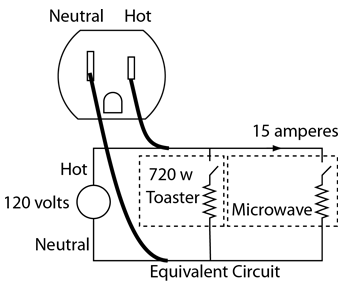
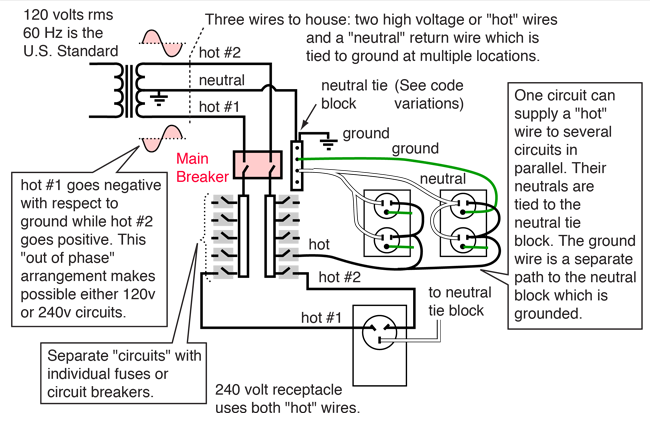
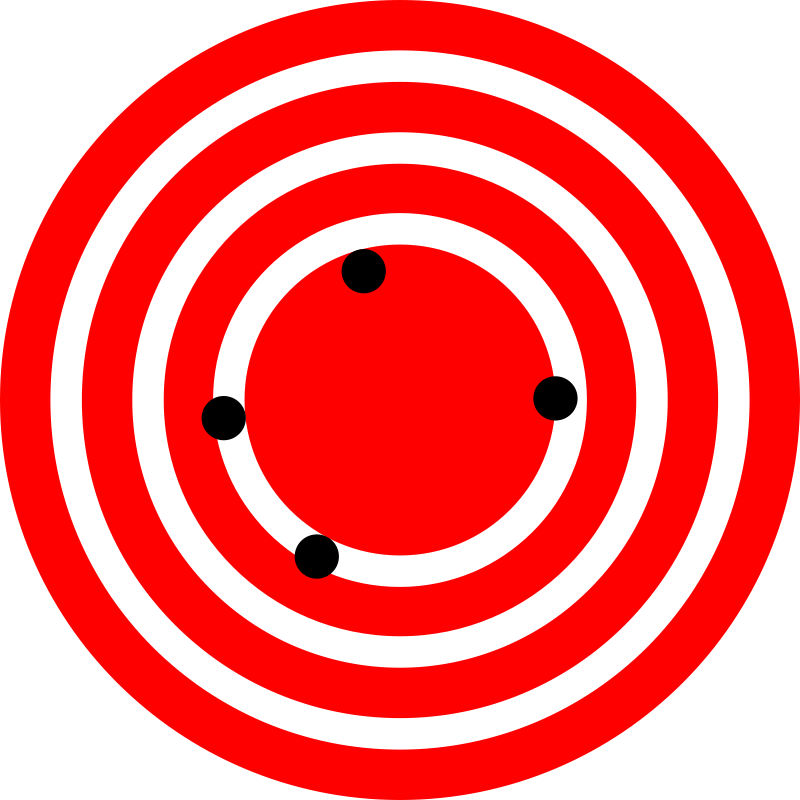






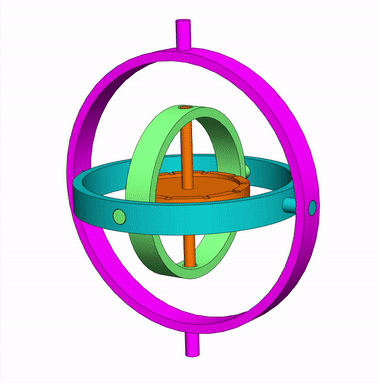
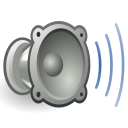
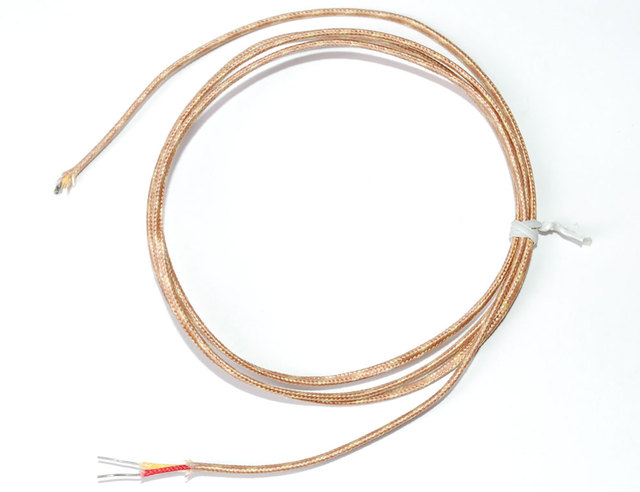
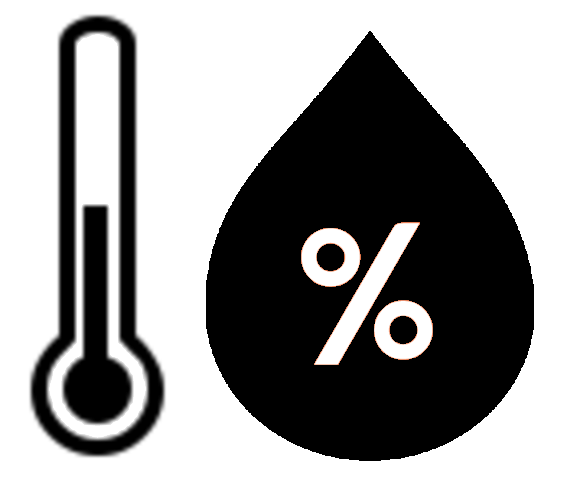
.png)


.png)
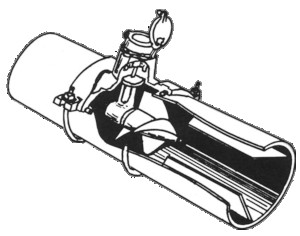


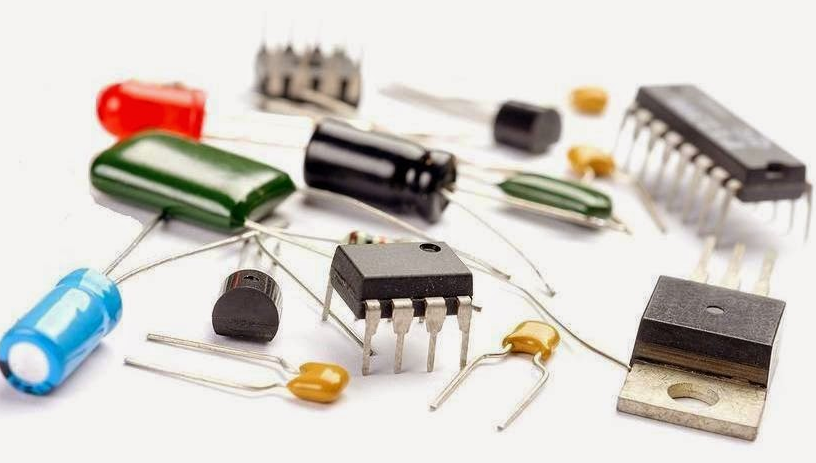




.png)
.png)



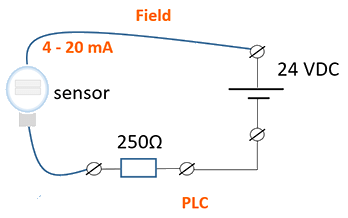
.png)
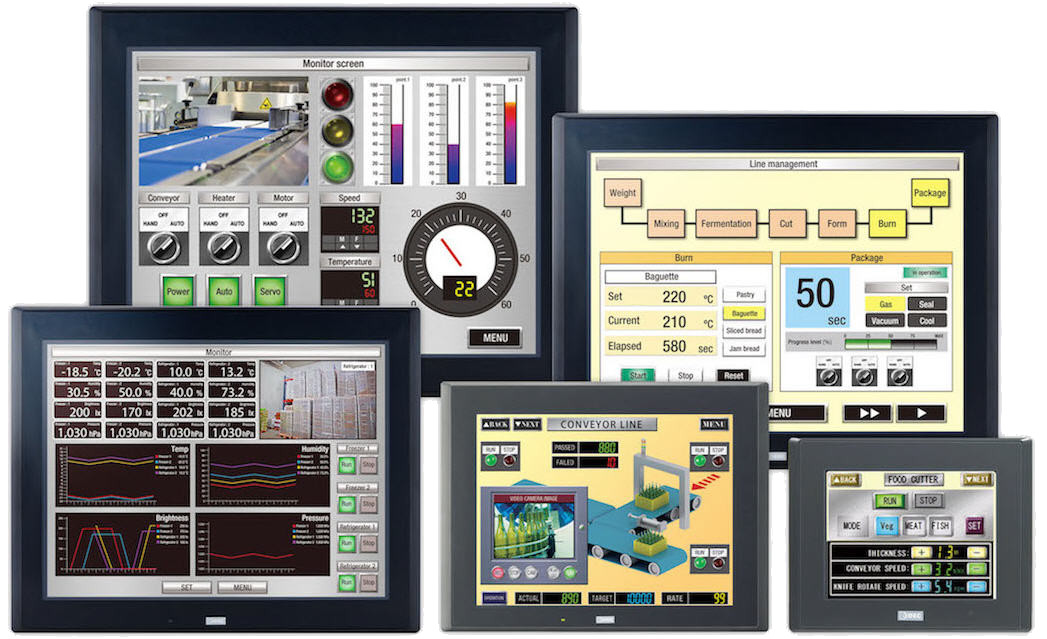

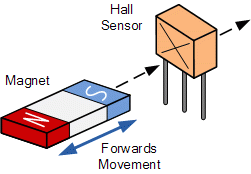

.png)

.png)
.jpg)

.png)



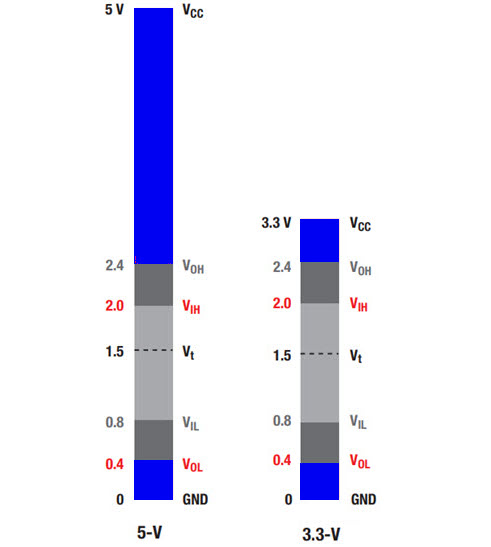
.png)

.jpg)



.png)
